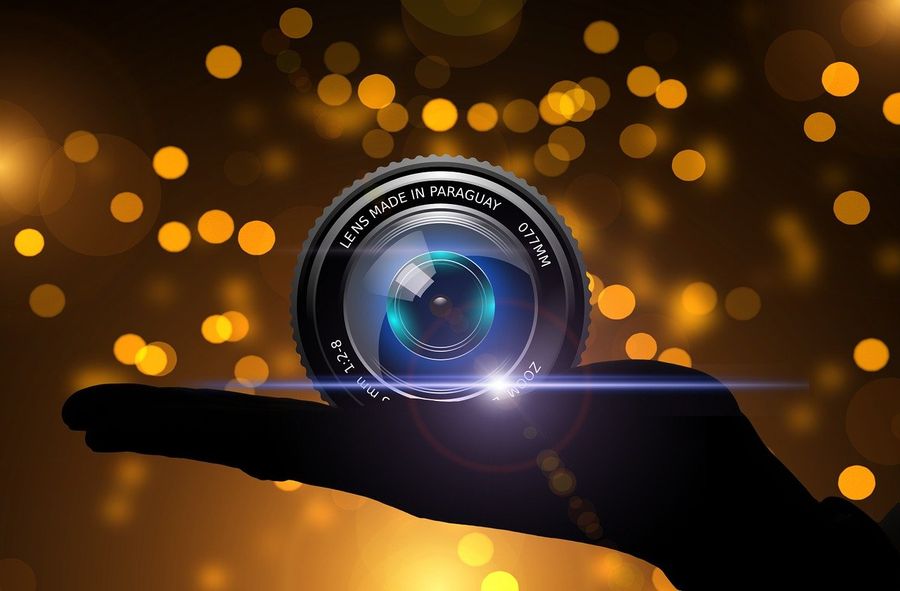
07 Aug2024
Architecture is an art form that goes beyond function to reflect the history, material culture, and values of a given place. It’s no surprise that local or even national identities are tied to specific buildings or even architectural styles. Whether you’re looking to capture the grand monuments like the Eiffel Tower and Taj Mahal or simpler yet no less iconic buildings like the narrow houses of the Netherlands and the diverse bamboo houses of Southeast Asia, every structure has stories that can be captured through your camera lens.
The good thing is that taking a picture of a building is easy enough. Outside of rare exceptions like the London Eye, most buildings don’t move, greatly reducing the need for expensive high-speed cameras. However, with the right approach, you can use your camera to better communicate the narrative intended by the builder. Indeed, you can even subvert their intent to produce thought-provoking pictures.
Follow these tips to bring a level of visual and conceptual dynamism to otherwise static architectural photos:
1. Pre-plan Your Shots
Before setting out, research the architectural sites you plan to visit. Look up other photos of the sites so that you have a general idea of the best times to take your shots. Pay attention to the lighting at different times of the day, as well access points, possible weather conditions, and anything else that can make a significant difference in your photos. Some sites may even restrict the use of drones and the types of camera equipment you can use, so be sure to look that up, as well. Planning will save you time and disappointment, increasing the odds you will leave with the shots you envisioned.
2. Use the Right Lenses
Though you don’t need a fast camera, choosing the appropriate lens is still crucial for architectural photography. Wide-angle lenses are excellent for capturing grand buildings and expansive spaces, while prime and zoom lenses can help you focus on intricate details. Less common options like tilt-shift lenses can also be useful for correcting or accentuating perspective distortions in tall buildings.
New lenses can be expensive but you can often rent the ones you need. If you’re in London, you can find camera lens hire services that could provide access to whatever lens you might need in your travels.


3. You Don’t Need to Capture the Whole Building
Sometimes, focusing on specific architectural details can create more compelling images than capturing the entire structure. Many buildings have underappreciated structural and design motifs that are just waiting to be captured and shared with the world. Look for interesting textures, patterns, and unusual design elements that help deepen the understanding of a building’s unique character.
4. Request Access to the Structure
Gaining access to restricted areas can provide unique perspectives and angles that are not available to the general public. Get in touch with building managers or local authorities for permission to shoot in these areas—the worst they can do is say no. If you are granted access, try to include interior shots that highlight the architectural design from within as well as rooftop shots that offer a rarer, top-down perspective of the building’s restricted surroundings.
5. Consider Polarising Filters for Exterior Daylight Shots
If you’ve ever wondered how professional photographers get such detailed shots of glass or polished stone buildings without excessive reflections, it’s probably because they were using polarising filters. These filters are a simple and relatively affordable way to reduce glare and reflections, thereby enhancing the colours and contrast in your photos. They are particularly effective for exterior shots on sunny days, helping to make architectural details more vivid compared to the output of a naked lens.
6. Use a Tripod
Even with modern digital image stabilisation, a solid tripod is a must-have for keeping your camera steady in low-light conditions or when using slow shutter speeds (e.g., for distant shots). It also allows for very precise framing and composition, both of which can be important when capturing architectural details or creating specific narratives.


7. Learn How Your Lenses Distort Straight Lines
Understanding lens distortion is important to avoid curved lines in your architectural photos. Wide-angle lenses, in particular, can cause barrel distortion which may be undesirable depending on your intent. Familiarise yourself with your lens’s characteristics and consider using post-processing tools to correct any distortions.
8. Play with Light and Shadow
Lighting can dramatically change the mood and appearance of architectural features. Look up existing shots of the structure at different times of the day to see how natural light and shadows interact with its various elements. When in doubt, the magic hours of early morning or late afternoon should give you softer shadows and warmer tones that will make it easy to highlight the building’s wider appeal.
Go Beyond Tourist Snapshots and Capture the Soul of Architecture
Architectural photography offers unique challenges by encouraging photographers to appreciate the intricate details, functions, and narratives of different buildings. While it does not require especially sophisticated equipment, it does require a firm grasp of the basics of composition and spatial relationships, as well as the wider cultural contexts of the subjects.
These ideas will allow you to take more than just the typical tourist shots and help you craft visually striking images that capture the often-unseen essence of the structures you encounter. With the right lenses and a firm grasp of the fundamentals, you can transform ordinary buildings into multifaceted and deeply human works of art.
Posted in photo, tips Tags: photography, tips
Please visit our sponsor:
Our Sponsor
